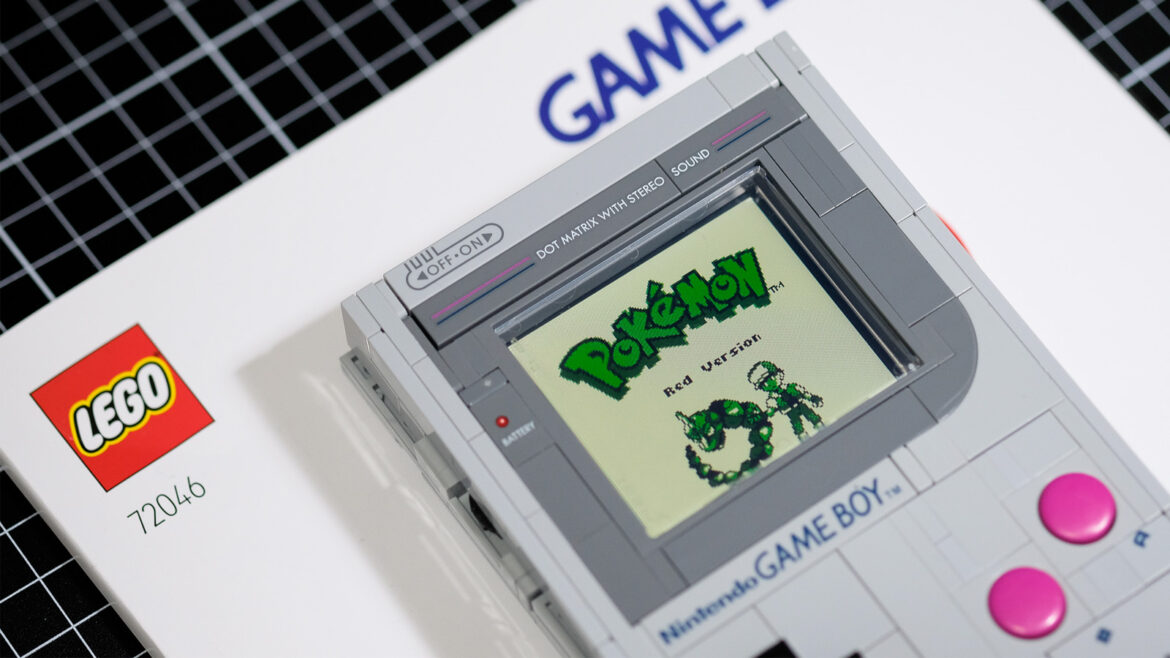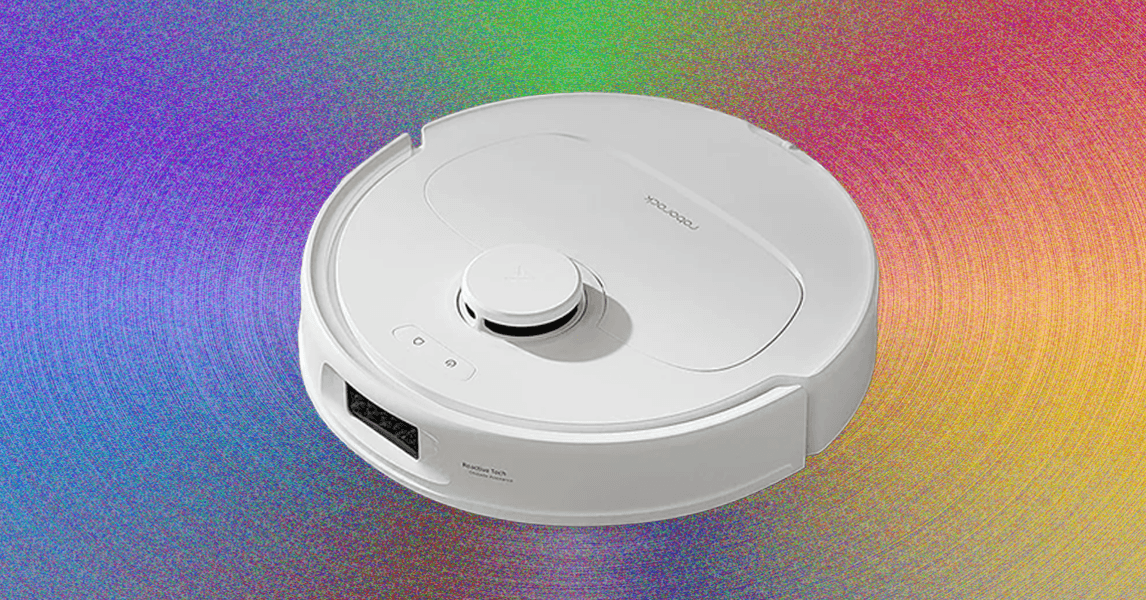Stablecoins, tokenized versions of fiat currencies that move on blockchain rails, will eventually force banks and other financial institutions to offer customers yields on their deposits to remain competitive, according to Patrick Collison, CEO of payments company Stripe.
The average interest rate for US savings accounts is 0.40%, and in the EU, the average rate on savings accounts is 0.25%, Collison said in response to VC Nic Carter’s X post outlining the rise of yield-bearing stablecoins and the future of the sector. Collison added:
“Depositors are going to, and should, earn something closer to a market return on their capital. Some lobbies are currently pushing post-GENIUS to further restrict any kinds of rewards associated with stablecoin deposits.
The business imperative here is clear — cheap deposits are great, but being so consumer-hostile feels to me like a losing position,” he continued.
Source: Patrick Collison
Stablecoins have steadily grown in market capitalization and user adoption since 2023, which ramped up following the passage of the GENIUS stablecoin bill in the United States. The GENIUS bill paved the way for a regulated stablecoin industry but also prohibited yield-sharing.
Related: Stablecoin market boom to $300B is ‘rocket fuel’ for crypto rally
Banking Industry fights to restrict yield-bearing opportunities for stablecoins
The banking lobby pushed back against interest-bearing stablecoins while US lawmakers were deliberating what provisions to include in the final draft of the GENIUS stablecoin regulation, according to a report from American Banker.
Banks and their Congressional allies argued that stablecoins offering interest-bearing opportunities to clients would undermine the banking system and erode market share.
“Do you want a stablecoin issuer to be able to issue interest? Probably not, because if they are issuing interest, there is no reason to put your money in a local bank,” New York senator Kirsten Gillibrand told the DC Blockchain Summit in March.
However, crypto industry executives see the rise of stablecoins as the next logical progression and predict that stablecoins will consume legacy fiat payments.
“All currency will be a stablecoin. So even fiat currency will be a stablecoin. It’ll just be called dollars, euros, or yen,” Reeve Collins, co-founder of stablecoin issuer Tether, told Cointelegraph at Token2049.
Magazine: Crypto wanted to overthrow banks, now it’s becoming them in stablecoin fight










